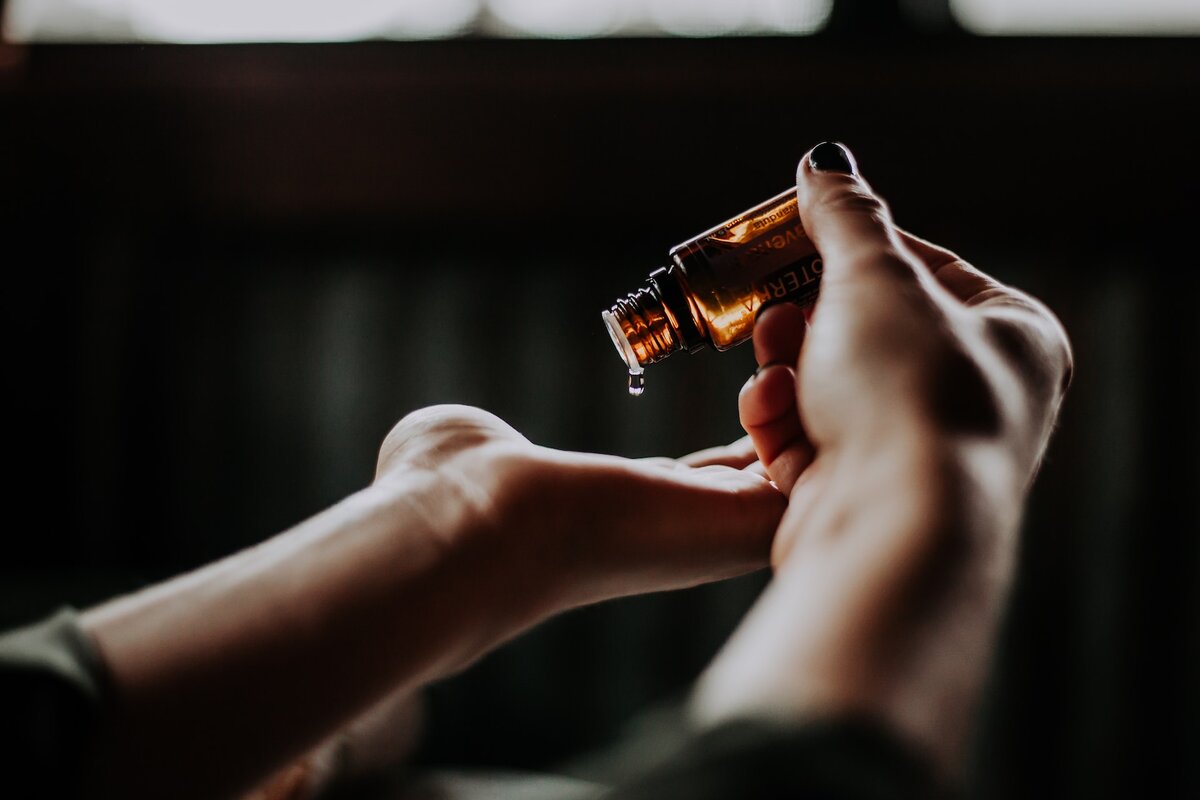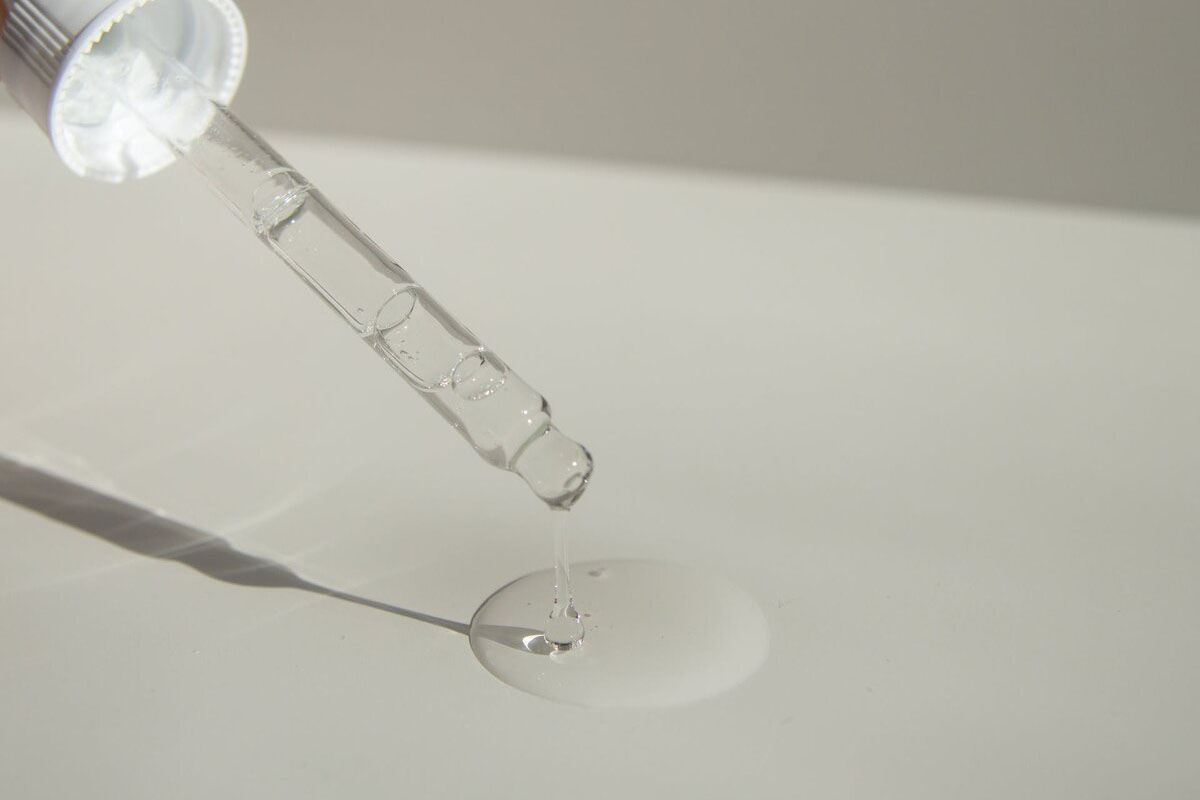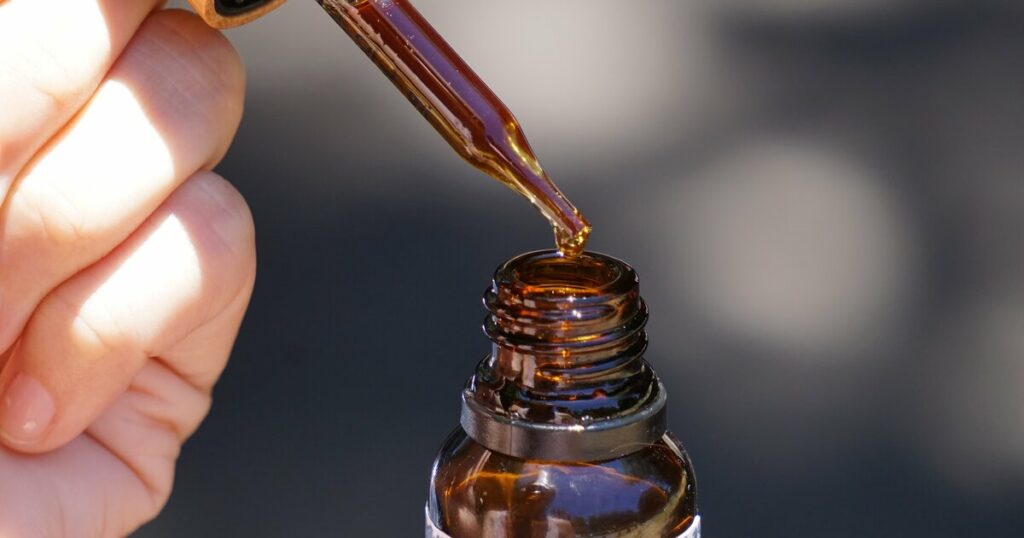Colloidal copper is gaining attention for its potential health perks. As a trace mineral, our bodies need it in small amounts, yet it plays a crucial role. From supporting a healthy immune system to keeping our skin looking youthful, colloidal copper might just be the unsung hero in the world of wellness. Let’s dive into what makes this shimmering supplement a topic of interest for those seeking a holistic approach to health.
On this page:
Unveiling the Science: The Health Benefits of Colloidal Copper
Colloidal copper, a suspension of copper particles in liquid, taps into the essential nature of copper as a trace mineral vital for the body’s overall health. It’s known for supporting the immune system, playing a key role in forming red blood cells, and maintaining nerve cells and the immune system. But the conversation doesn’t stop there.
Research suggests that one of the colloidal copper benefits may include acting as an antioxidant, fighting free radicals that can damage cells and DNA, leading to cancer and other diseases. It’s also involved in the production of melanin, which affects hair and skin pigmentation, and is essential in the creation of collagen, a protein that keeps skin firm and youthful.
Athletes might find colloidal copper particularly beneficial as it aids in energy production and iron metabolism, helping to improve performance and endurance. And for those concerned with maintaining a sharp mind, copper’s role in brain health can’t be overlooked—it’s crucial for brain development and function, potentially influencing neurotransmitter pathways and brain signaling.
While the body doesn’t need a lot of copper, the importance of this mineral shouldn’t be underestimated. The right balance supports a multitude of physiological processes that keep you healthy. The science behind colloidal copper is clear: it’s a potent ally in maintaining well-being, from your head to your toes, inside and out.
Skin Deep: Exploring Colloidal Copper Benefits for Skin Care
Skin care enthusiasts are always on the lookout for the next wonder ingredient, and colloidal copper might just be the shiny new player in the realm of skincare. This tiny mineral is making waves for its potential to keep skin looking young and healthy.

Think of your skin as a house that constantly needs repairs to stay strong. Collagen and elastin are like the bricks and mortar that keep it firm and flexible. Colloidal copper steps in as a kind of super handyman, purportedly helping to build collagen and elastin, which could mean fewer wrinkles and tighter skin. It’s like giving your skin the tools it needs to fix itself up.
Now, imagine your skin as a busy office where messages are flying around non-stop. Communication is key, and that’s another area where colloidal copper comes into play. It might enhance the way your skin cells talk to each other, leading to better repair and maintenance overall.
But what about after a long day in the sun or when you’re dealing with angry, red patches? Colloidal copper might have your back here, too. It’s got a rep for its anti-inflammatory abilities, which could help soothe your skin and keep it cool and calm.
In the big pool of skin care products, colloidal copper is kind of like a lifeguard for hydration. It’s said to latch onto moisture, keeping your skin hydrated. This could mean a plumper, more dewy look, which is pretty much a goal for anyone’s skincare routine.
Of course, all these potential benefits sound great, but it’s important to remember that too much of a good thing isn’t always better. Just like you wouldn’t eat cake for every meal, you wouldn’t want to overload your skin with too much colloidal copper. The key is balance, and in the right amounts, colloidal copper could be a valuable addition to your skincare lineup.
Copper Deficiency: Signs, Symptoms, and Solutions
Copper might not be the first nutrient you think of when it comes to your health, but it plays a key role in keeping your body ticking. If you’re not getting enough, your body will definitely let you know. Some signs you might be running low on copper include feeling tired all the time, having trouble with your memory, or your muscles and joints not feeling right. You might also notice that you get sick more often because copper is important for a strong immune system.
Skin and hair can also wave red flags when copper is in short supply. Your skin might look pale and your hair could lose its color or start to thin. Kids who don’t get enough copper might not grow as fast as they should. And in the most serious cases, a lack of copper could mess with your heart and blood vessels.
So, what can you do about it? Eating foods rich in copper is a good start. Think nuts, seeds, and whole grains, as well as certain types of seafood like oysters. But sometimes, food might not be enough to reap the benefits of colloidal copper, especially if your body has trouble soaking up nutrients.
That’s where colloidal copper supplements could come in handy. They have tiny particles of copper that your body can easily grab onto and use right away. But remember, more isn’t always better. It’s like adding salt to your food; a little bit can make a big difference, but too much can cause problems. So, it’s important to find that sweet spot where you’re getting just the right amount to help your body without going overboard.
Optimal Dosage: How Much Colloidal Copper Supplement is Needed?
Finding the right amount of colloidal copper to take can be a bit tricky. It’s like filling a goldfish bowl; too little water, and your fish is cramped. Too much, and it could spill over, causing a mess. The goal is to get just the right amount for optimal health benefits without going overboard.
First off, it’s essential to remember that colloidal copper is a supplement and should be used to complement a balanced diet, not replace it. Since copper is a trace mineral, your body only needs a tiny amount. Most adults should aim for about 900 micrograms (mcg) of copper daily from all sources, including food and supplements.
When it comes to colloidal copper, many products will recommend a dosage on the label, often around 1 to 2 milligrams (mg), which is more than the total daily recommended amount. So, why the difference? Colloidal copper is often not fully absorbed by the body, so a higher dose is suggested to make sure you get what you need.
But here’s the catch, you don’t want to have too much copper in your system. Taking more than 10 mg of copper daily can lead to toxicity, which is no joke. That’s why starting with the lowest suggested dose on your colloidal copper product and seeing how your body reacts is smart. If you’re already eating a bunch of copper-rich foods like nuts, seeds, and shellfish, you might need even less from a supplement.
Safety First: Understanding the Side Effects and Precautions
Like any supplement, colloidal copper can have side effects, and knowing what to watch for is key to maintaining your health. For starters, too much copper can lead to copper toxicity, which can cause stomach pain, diarrhea, or even more serious health issues. People with Wilson’s disease, a rare genetic disorder, should avoid copper supplements altogether, as their bodies can’t properly eliminate copper.
It’s also important to understand that the Food and Drug Administration (FDA) doesn’t strictly regulate supplements, so the purity and concentration of colloidal copper can vary between products. This means you could inadvertently take in more copper than intended if the product isn’t from a reputable source.

Another precaution is to be aware of how colloidal copper interacts with other medications and supplements. For example, zinc can affect the body’s absorption of it and possibly lead to a deficiency if not balanced properly.
Side effects from colloidal copper are relatively rare when taken in appropriate amounts, but some individuals may experience an allergic reaction, which could manifest as a rash or itching. If you notice any unusual symptoms after starting colloidal copper, it’s best to stop use and consult a healthcare provider.
Beyond Supplements: Natural Sources of Copper
Your body needs copper to perform essential functions, and including copper-rich foods in your diet is an excellent way to meet your needs.
Seafood, especially shellfish like oysters, is packed with copper. Just a 3-ounce serving of cooked oysters delivers more than 14 times the amount of copper you need in a day. For those who prefer land-based protein, organ meats such as liver are also copper powerhouses. If you’re not into seafood or organ meats, don’t worry—nuts and seeds, like cashews and sunflower seeds, offer a healthy dose of this mineral as well.
Vegetarians and vegans, you’re covered too. Legumes, including lentils and soy products, are good sources of copper. Plus, they come with the added benefit of other nutrients like fiber and protein. Whole grains such as wheat bran, quinoa, and brown rice also contribute to your copper intake, making them a great addition to any meal.
For a sweet touch, dark chocolate contains copper. Yes, indulging in a small piece of dark chocolate can be part of your copper intake strategy. Just keep an eye on portions to avoid too much sugar and calories.
Some fruits and vegetables, like potatoes and mushrooms, have copper. While they may not have as much as other foods on this list, they still contribute to your overall intake.
Navigating the Market: Choosing the Right Colloidal Copper Products
With so many options, picking a product that’s right for you might seem daunting. But fear not! Here’s what you should keep in mind to ensure you select a high-quality colloidal copper supplement.
First, look at the concentration. Colloidal copper products differ in the amount of copper they contain. You want one that provides a sufficient concentration to potentially benefit your health without going overboard.
Second, it’s all about the size. The particles, that is. Smaller particles can be more easily utilized by your body, so aim for a product that boasts a smaller particle size.
Then, there’s purity. Ensure the colloidal copper is free from unnecessary additives or impurities that could dilute its effectiveness or cause unwanted side effects. Check the label for a product that uses pure water and copper, without a long list of added ingredients.
Don’t forget the color! True colloidal copper should have a distinct color that can range from a light amber to a deep orange. If it’s clear, it might not be a true colloidal solution.
Finally, consider the brand’s reputation. Look for companies that provide detailed information about their production process and have good customer reviews. A transparent company that’s willing to discuss how their product is made is often a sign of quality.
While price can be a factor, it shouldn’t be the only one. Cheaper isn’t always better, especially when it comes to something you’re putting into your body. Investing in a quality colloidal copper product can pay off in the long run when it comes to your health.
Copper Interactions: What to Know About Mixing Supplements
Copper does not work in isolation; it can affect and be affected by other nutrients. For instance, high doses of zinc can decrease copper absorption, potentially leading to a deficiency. On the flip side, too much copper can hinder zinc absorption. It’s all about balance.
Similarly, vitamin C at high levels can interfere with how your body processes copper. But under normal circumstances, they can work together just fine. It’s when we start taking supplements in doses far beyond the recommended amounts that we can run into trouble.
Iron is another player to consider. Both copper and iron are critical for making red blood cells, but they need to be in the right proportions. Excess copper can lead to lower levels of iron and vice versa. So when you’re juggling supplements, it’s like a game of seesaw—you want to keep everything level.
It’s also good to know that copper supplements might interact with medications, especially those for heartburn, such as proton pump inhibitors, which can lower stomach acid. Since stomach acid is important for copper absorption, taking these meds could mean you’re not getting the full benefit from your colloidal copper.
Making Sense of Colloidal Copper’s Place in Your Regimen
Colloidal copper’s potential benefits span from bolstering your skin’s glow to addressing copper deficiency signs. But like any supplement, the key lies in using it wisely. Always consider the right dosage and stay informed about potential interactions with other supplements. Safety should never be an afterthought, so weigh the side effects and precautions. While colloidal copper can be a valuable addition to your health regimen, it’s not a magic bullet. Proper diet and lifestyle choices should always form the cornerstone of your wellness journey. Remember, the best health strategies are those personalized to your unique needs, and that includes how and when to use colloidal copper.



